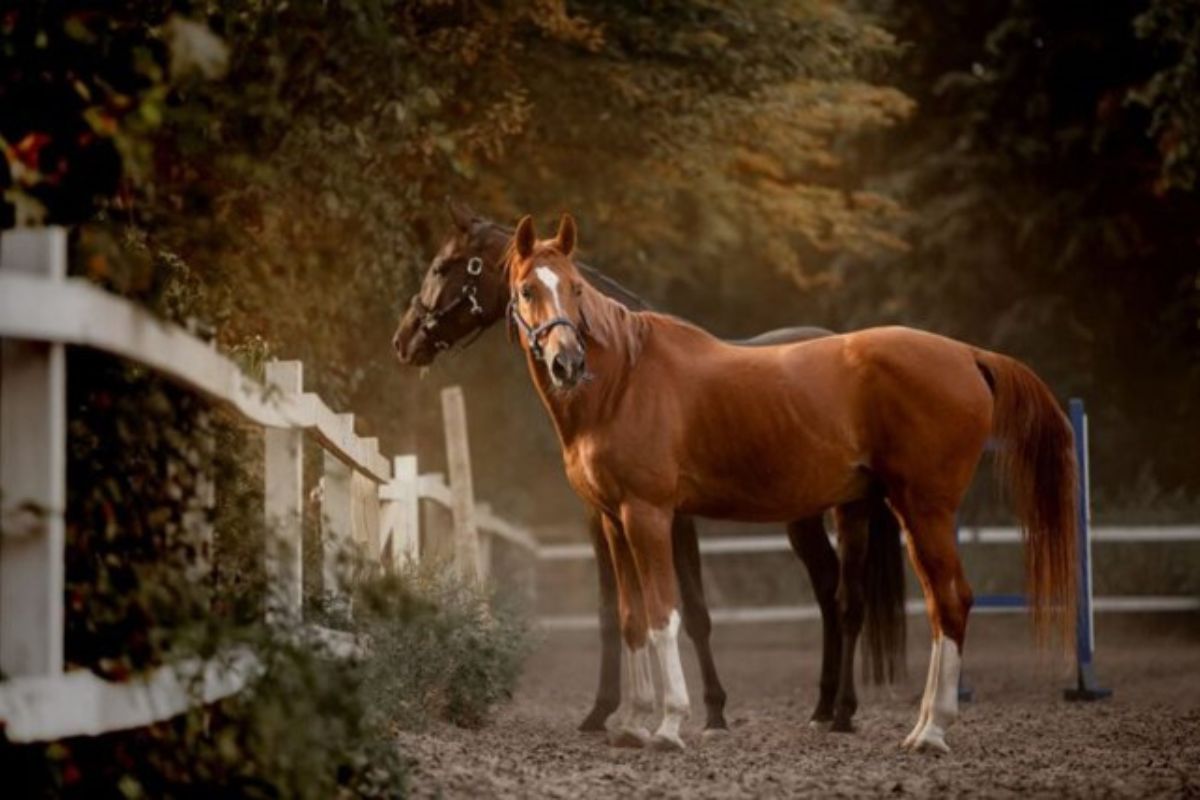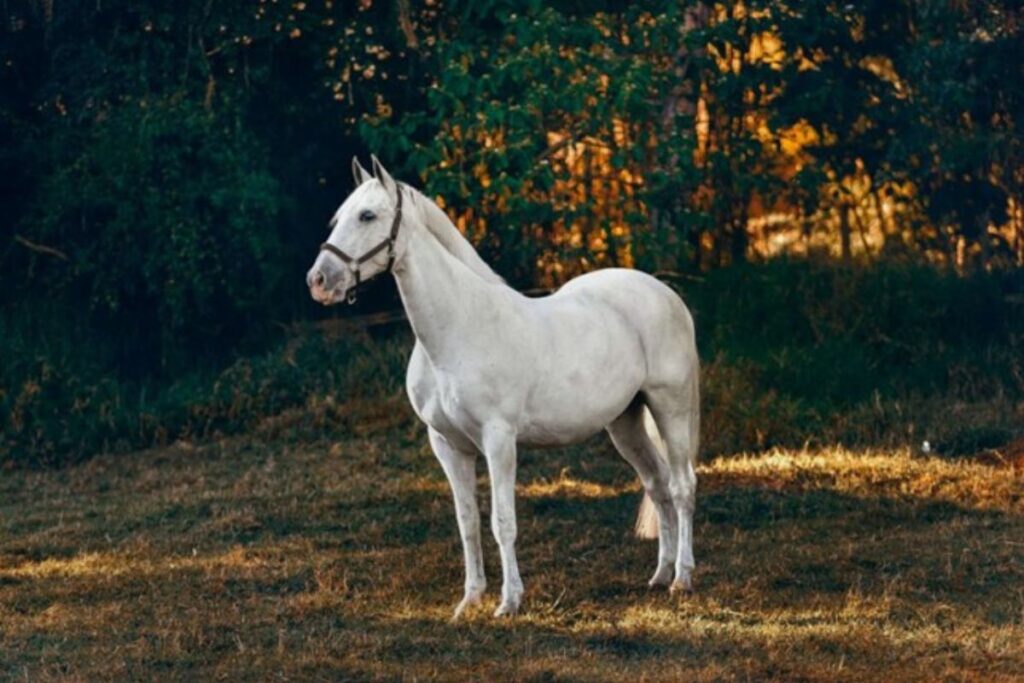Menu

Does a good posture only apply to the rider? Or does it also make a difference whether the horse has a good posture? Yes, very much so. And when we speak of riding, we often speak of how the horse carries itself - and what it means for its health and movement pattern. But according to Gillian Higgins, it is also extremely relevant to look at the posture of the horse when we are not riding it.
The horse is born with a specific build that cannot be changed. Posture, on the other hand, is a dynamic thing and something that can be worked with. A good posture is just as important for the horse as it is for us. Among other things, it ensures optimal use of the soft tissue so that muscles, tendons and ligaments can work with a good balance and can expand and contract without obstacles.
She is the woman behind the company “Horses Inside Out”. She has developed a system that allows you to put together a measurable training program to improve your horse's posture.
In her webinar "Understanding and Assessing Your Horse's Posture" which Malgré Tout Media's Bettina Stecher attended, she explained what good and bad posture is. And how we through management, exercises from the ground and correct riding can improve our horses' posture. There by also improving their comfort, durability, flexibility and performance.
A good posture allows the horse to perform well. It ensures good circulation in the body and that the functions of the organs and nervous system work as they should.
On the other hand, poor posture can increase the risk of injury or overload. Among other things, this is due to the fact that a poor posture pushes the body out of balance. There by putting inappropriate pressure on some of the structures in the body, while others are used too little.
You may also like to read: Claus Toftgaard: “Modern riding horses deserve better”
Try to observe your horse and the way it chooses to stand. Is it standing straight on its legs? What is the position of the legs in relation to the rest of the body? Is the sternum pushed forward or retracted? The shape of the back what does it look like? These things can give you important information about your horse's posture and thus also its ability to move properly.

The body posture of the horse may be inappropriate on several different parameters. One of the areas that is involved in a bad posture is the back. Many horses sway low in the back - even when they are standing and relaxing. When we look at the anatomy of the back, a sway back will automatically push the thorn pins closer together. When this happens, there will be very little space between the 13th and 15th vertebrae, which is right where the rider sits.
A sway back also reduces the horse's ability to make sideways movements. And at the same time, it reduces the possibility for movement in the hip joint. In short, poor back posture significantly impairs the horse's ability to move.
Try to sit down and then push your chest forward so that your back is swaying. Then lift one leg up to the chest. It's pretty hard! Then try to round your back and lift the leg up in the same way. It is a simple exercise, but a bit of an eye opener.
The position of the hind legs is also important. When they are under the body, they help lift the back, and when they are behind the body, the back is lowered. It is logical when looking at the body from an anatomical and biomechanical perspective. And it also applies to other parts of the body.
Horses Inside Out is an award-winning, internationally recognised organisation founded by Gillian Higgins in 2006. Its purpose is to give riders, coaches, therapists, in fact, anyone interested in discovering more about horses, a fascinating insight into equine locomotion, training, management and welfare from an anatomical perspective.
Webinar “Understanding and Assessing Your Horse’s Posture” with Gillian Higgins.